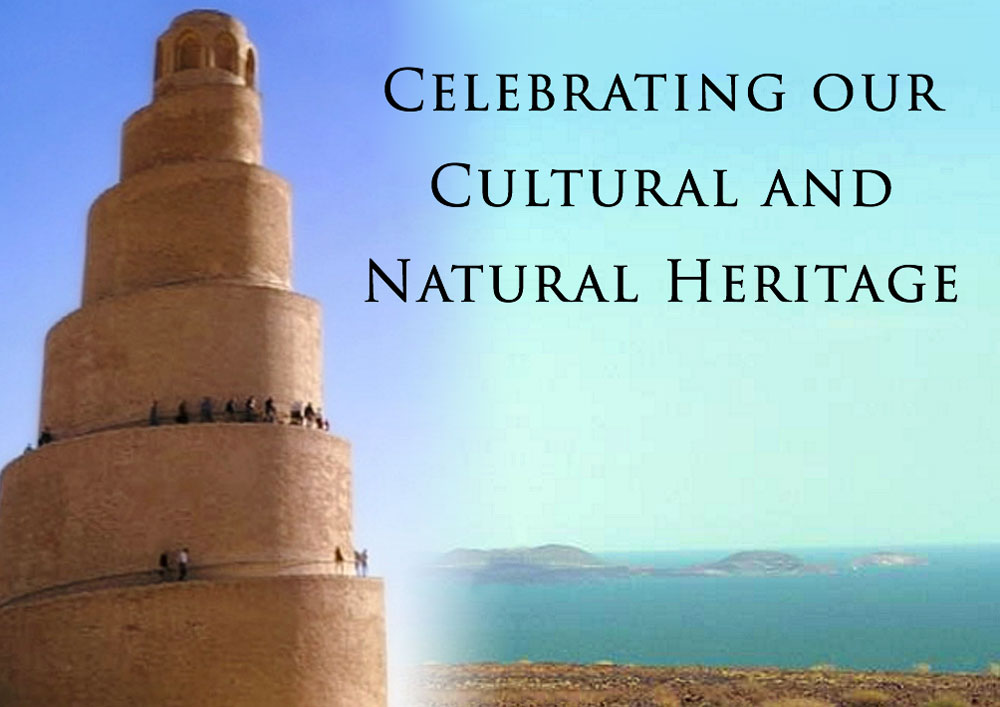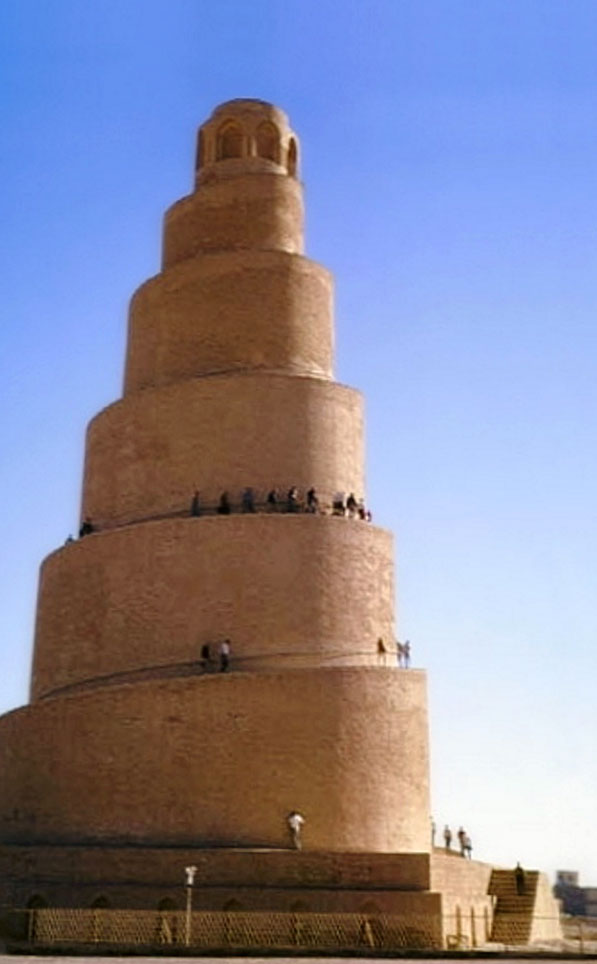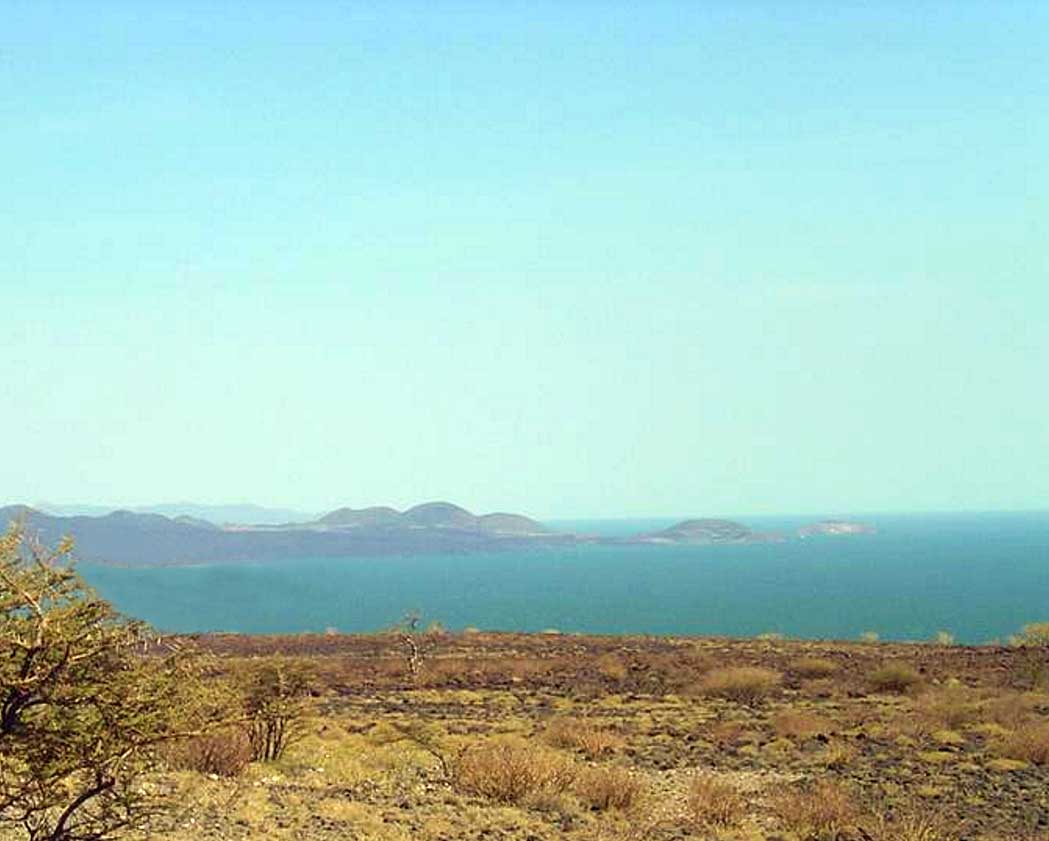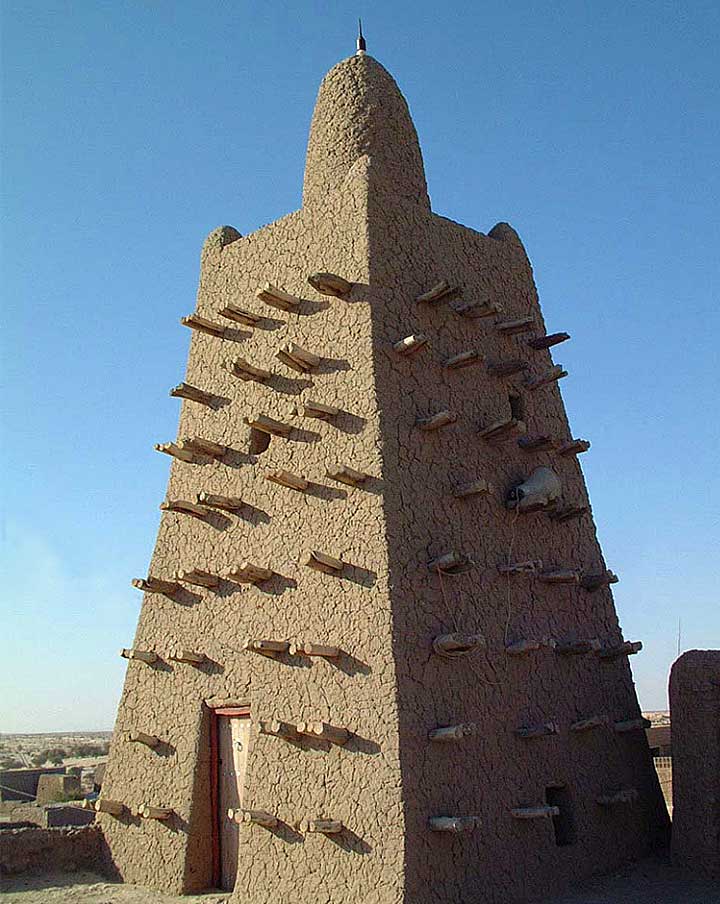What do Samarra, Turkana and Timbuktu have in common?

Samarra, Turkana and Timbuktu… places vaguely familiar that tend to conjure up images of distant lands. But that’s not all that they have in common.
Each happens to be a World Heritage Site, as well as the namesake of some of my collections. So in honour of the International Day for Monuments and Sites today, 18 April, I wanted to share the legacy and significance of these places.
Before we dive in, what qualifies a place as a World Heritage Site?
The United Nations Educational, Scientific and Cultural Organisation, or UNESCO, has prescribed that it must be a place of outstanding universal value and important from a natural or cultural point of view. It must also meet one of the following criteria:
i. Represents a masterpiece of human creative genius.
ii. Displays an important exchange of historical or cultural values between humans.
iii. Bears unique or exceptional testimony to a cultural tradition or civilisation, living or extinct.
iv. An exceptional building illustrating a significant time in history.
v. A traditional human settlement that is an outstanding representation of a culture, or human interaction with the environment.
vi. Associated with events, traditions, ideas, or beliefs with artistic or literary importance.
vii. Contains fantastic natural phenomena or areas of exceptional natural beauty.
viii. Represents major stages of Earth’s history, especially in its physical geography.
ix. Captures significant ongoing ecological and biological processes in the evolution and development of plants and animals.
x. Contains important natural habitats which contain rare plants or threatened wildlife.
Let’s explore what makes our three chosen sites special.
Samarra
The ancient city of Samarra dating from 836-892AD was the powerful Islamic capital that ruled over the provinces of the Abbasid Empire extending from Tunisia to Central Asia for a century. Located on both sides of the River Tigris, north of Baghdad, the site testifies to the architectural and artistic innovations that developed there and spread to the other regions of the Islamic world and beyond. These factors have secured it world heritage site status:
– Samarra represents a distinguished architectural stage in the Abbasid period by virtue of its mosques, development, city planning, artistic decoration, and its ceramic industries (criterion ii).
– Samarra is the finest preserved example of the architecture and city planning of its time and was one of the world’s great powers of that period (criterion iii).
– The cities buildings, in particular its largest mosques (Al-Malwiya and Abu Dulaf) and palaces represent a unique artistic concept in Islamic architecture in terms of planning, capacity and construction in comparison with those which preceded and succeeded it (criterion iv).

Turkana
Lake Turkana, known as the Jade Sea, lies in the semi-desert environment of northern Kenya. The qualities of its three National Parks (Sibiloi, Central and Southern Islands) which qualify this site for World Heritage Status are:
– Its unique and diverse geological features, including extensive sedimentary deposits, volcanic overflows and geological faulting within the Great Rift Valley. These conditions assure the preservation of fossil remains, and have contributed more to the understanding of human evolution and the history of life than any other site in Africa (criterion xiii).
– Diversity of aquatic and lakeshore habitats in a semi-desert environment; diversity and abundance of birds and fish; rare and endangered fauna which have been in habitation for over millions of years (criterion x).

Turkana
Lake Turkana, known as the Jade Sea, lies in the semi-desert environment of northern Kenya. The qualities of its three National Parks (Sibiloi, Central and Southern Islands) which qualify this site for World Heritage Status are:
– Its unique and diverse geological features, including extensive sedimentary deposits, volcanic overflows and geological faulting within the Great Rift Valley. These conditions assure the preservation of fossil remains, and have contributed more to the understanding of human evolution and the history of life than any other site in Africa (criterion xiii).
– Diversity of aquatic and lakeshore habitats in a semi-desert environment; diversity and abundance of birds and fish; rare and endangered fauna which have been in habitation for over millions of years (criterion x).

Our diffusion line at Simply Zuri proudly houses collections of SHIKHAZURI jewellery that take their inspiration from several magnificent ancient and existing civilisations, that are rich with art, culture and history. For a more exclusive experience, the Turkana to Timbuktu Collection combines natural materials and handmade artefacts that capture the exquisite beauty and artistry indigenous to the the African continent.
It is my hope that by sharing the fascinating story behind what fuels my inspiration, you will be empowered with knowledge that gives your jewellery meaning and value beyond its aesthetic beauty. After all, it is my mission to preserve our heritage and reinforce your status as a worldly woman.
